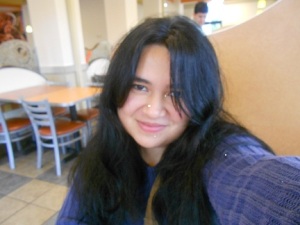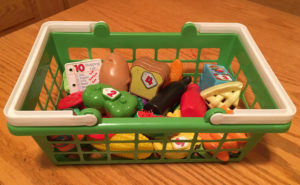Vacation Information For Au Pairs
Vacation Information For Au Pairs
Planning a holiday while you are enjoying time in the USA as an Au Pair is exciting. There are a few things to keep in mind to allow your travel to happen smoothly.
Begin to think about your holiday as soon as you have settled in with your family. Every Au pair has 11 days of holiday, unless you were in rematch. An Au pair in her second family will have her vacation pro-rated between the two families. If she did not take any vacation with her first family, she will be paid for those earned days. The total 11 days will be lessened by this amount for the second family. It is usually best to take two smaller vacations instead of one long vacation. You can think of one holiday per every six months. You will plan to back up your five days off with your weekend off, giving you a longer holiday.
soon as you have settled in with your family. Every Au pair has 11 days of holiday, unless you were in rematch. An Au pair in her second family will have her vacation pro-rated between the two families. If she did not take any vacation with her first family, she will be paid for those earned days. The total 11 days will be lessened by this amount for the second family. It is usually best to take two smaller vacations instead of one long vacation. You can think of one holiday per every six months. You will plan to back up your five days off with your weekend off, giving you a longer holiday.
Start talking with other Au pairs about their travel plans. A group trip can be a great way to travel and save money. Trek America, and Cultural Highway have wonderful pre-planned trips. You can also find great deals through the internet, especially on cruise lines. Try www. vacationstogo.com. As soon as you have an idea, you will want to talk it over with your host family. They will need time to arrange for alternate childcare or to arrange their vacation at the same time. It might not be possible for the family to accommodate a certain date. Often, a family will know in advance when they want you to take your vacation. This works well, if everyone knows in advance, at least three months.
There are special papers and in some cases visas that will be needed, if you plan to travel outside the United States. These can take up to four weeks, so plan ahead. Refer to the Au Pair In America website for more details about travel outside the USA. There is even a link to your country’s consulate if you have special questions. Canada and Mexico travel is discussed on the web site. You will also need to get your DS-2019 form signed by Au Pair In America for travel outside the USA. You can learn how to go about this on the web site. When mailing your DS-2019 form to Au Pair in America, you need to use UPS or Fed Ex. These mailing services can track a letter and find where it is, in case it gets lost. If you send it regular mail, you cannot “find” it if it gets lost. An Au Pair in the thirteenth month or in an extension term cannot travel outside the USA. For more information see https://www.aupairinamerica.com/resources/travel_and_flights/travel_visa.asp
It is not necessary to return home to renew your visa to extend your program year. You will be granted a new DS2019 form by the State Department, giving legal status to stay within the USA for up t0 12 months. Au Pairs are advised against saving up your vacation days to renew a visa. Many times the new visa is denied. The Au pair is not allowed to re-enter to finish the program when this happens. https://www.aupairinamerica.com/resources/travel_and_flights/travel_visa.asp
Sometimes vacationing can be confusing. If you go on your host family’s vacation with them, it is not your vacation. It should be thought of as a regular work week with a schedule. All travel and hotel expenses should be paid for by the family. If you have time off during the vacation, your personal expenses are your responsibility. Taking a separate vacation from your family is an important break for you. This allows everyone to benefit. A little fun time away should leave you refreshed and once again ready to give your best to the children in your charge.




 What is Daylight Saving Time?
What is Daylight Saving Time?
